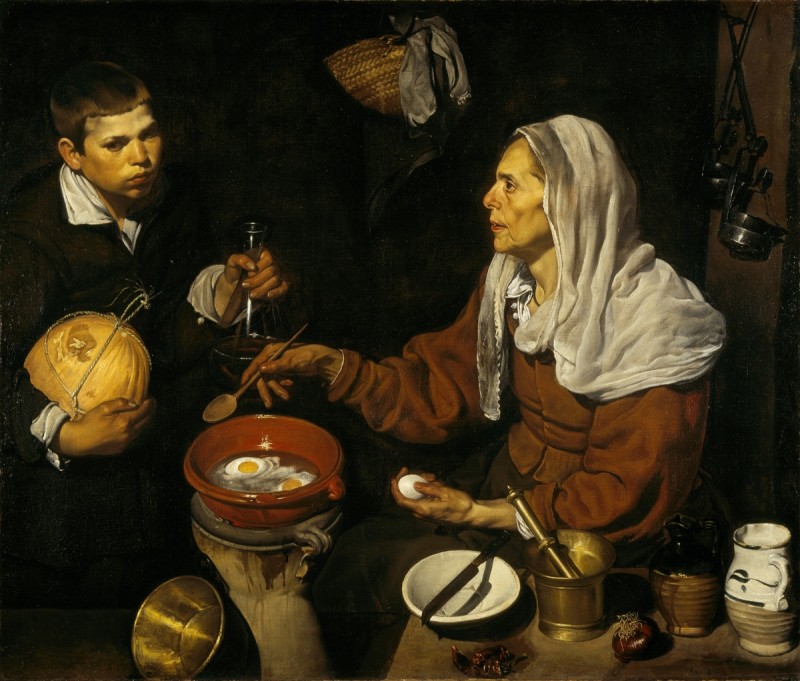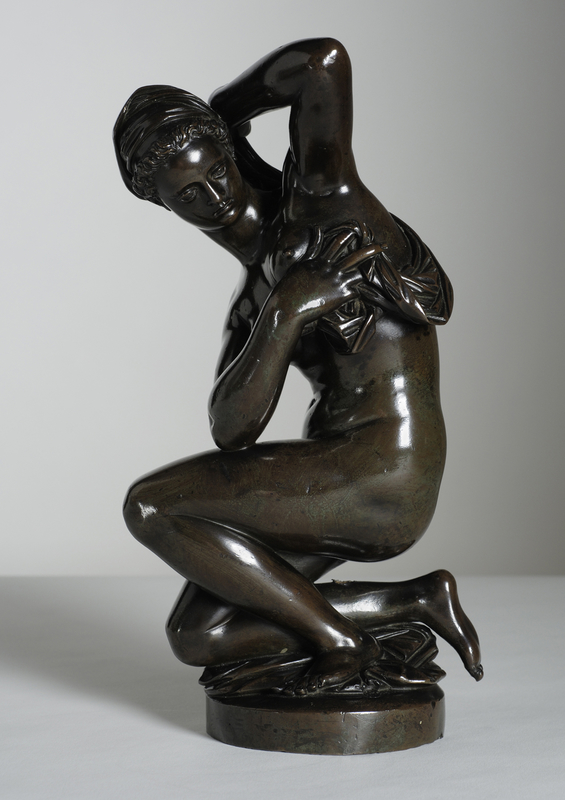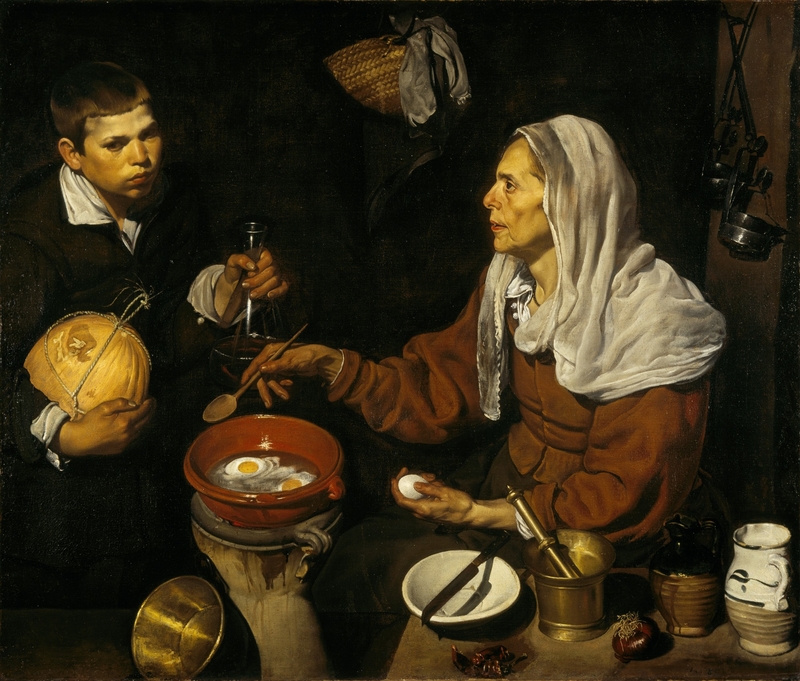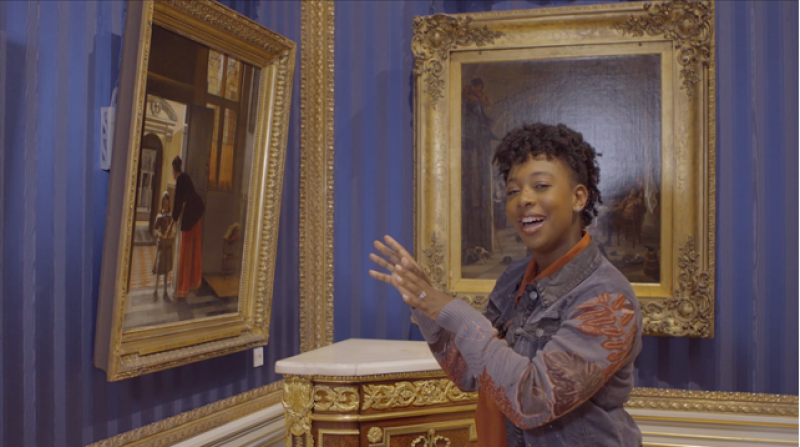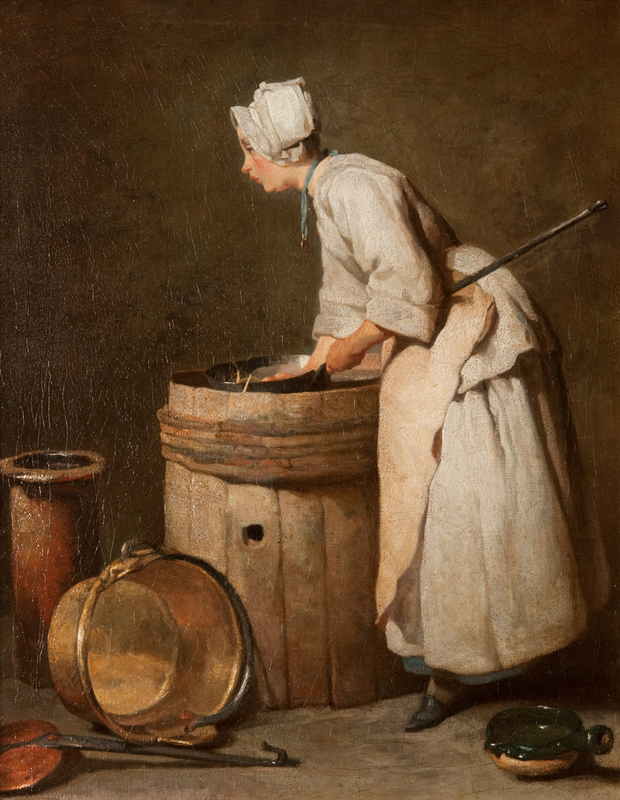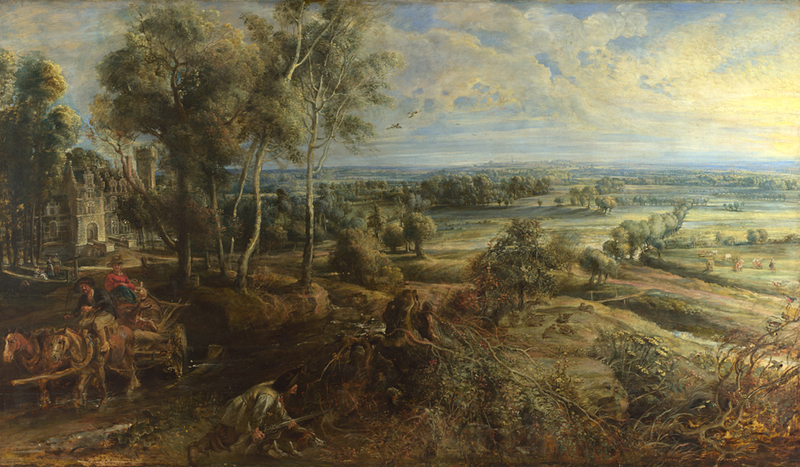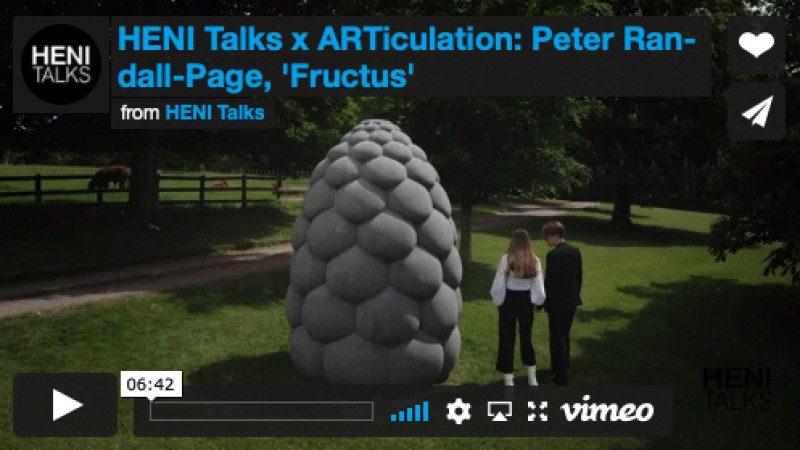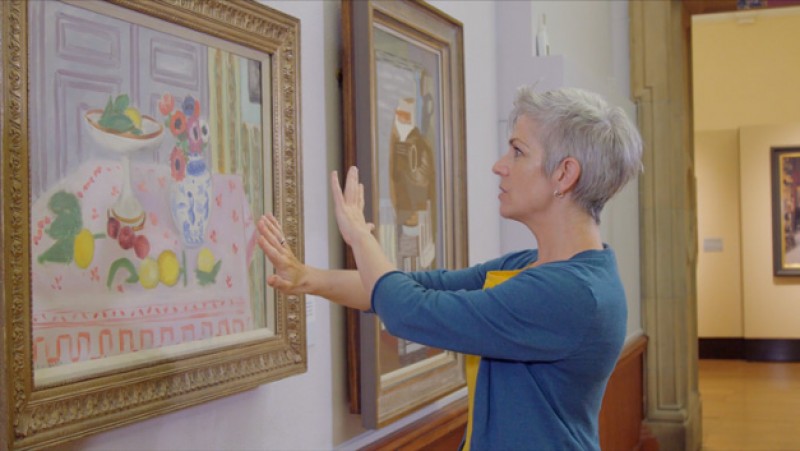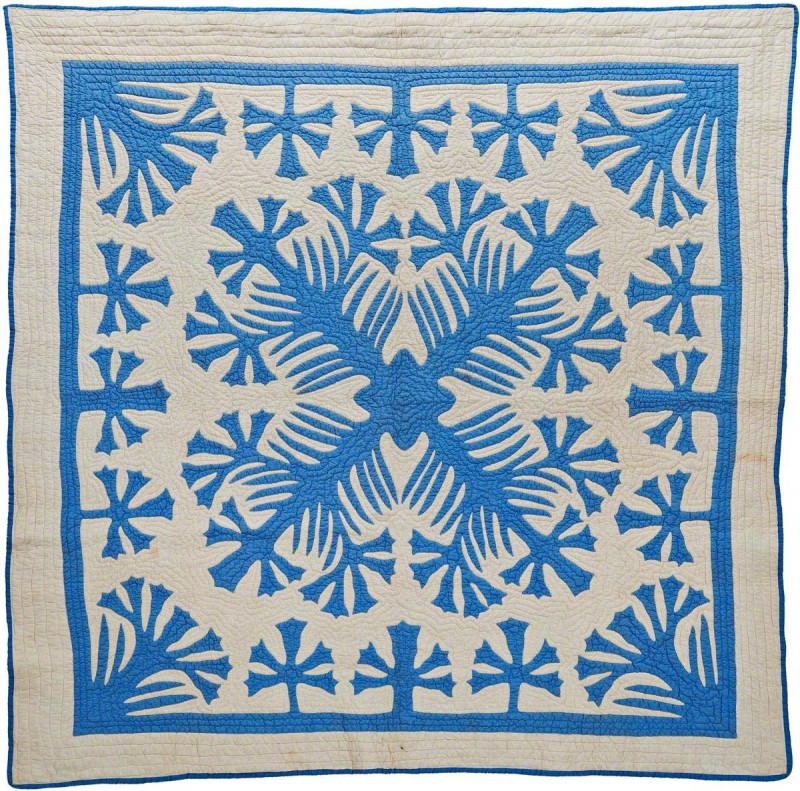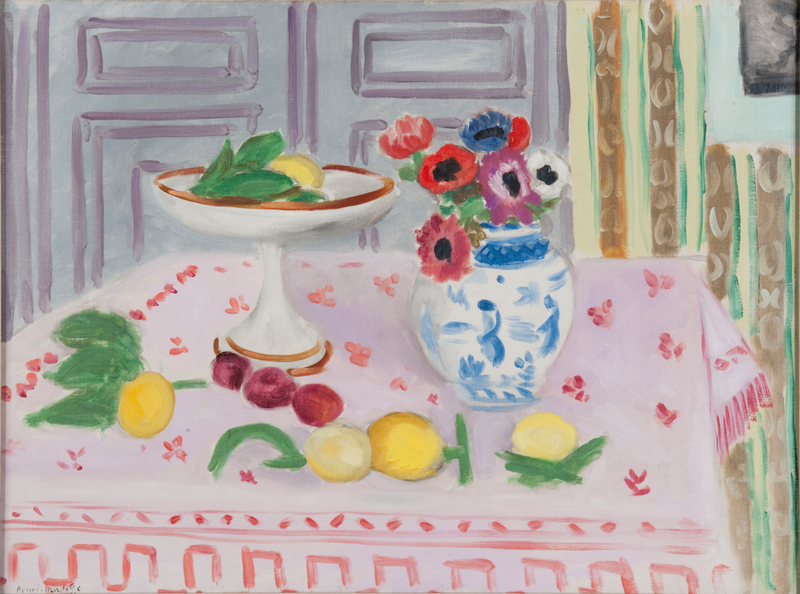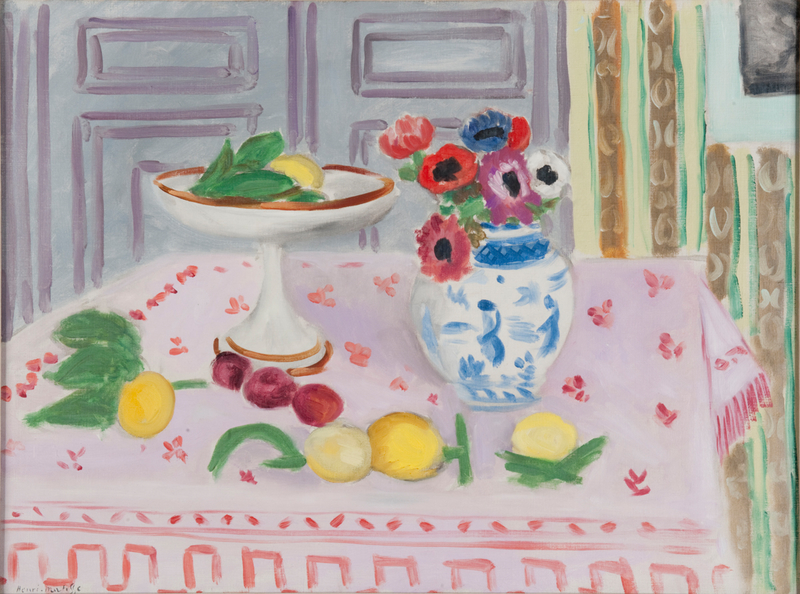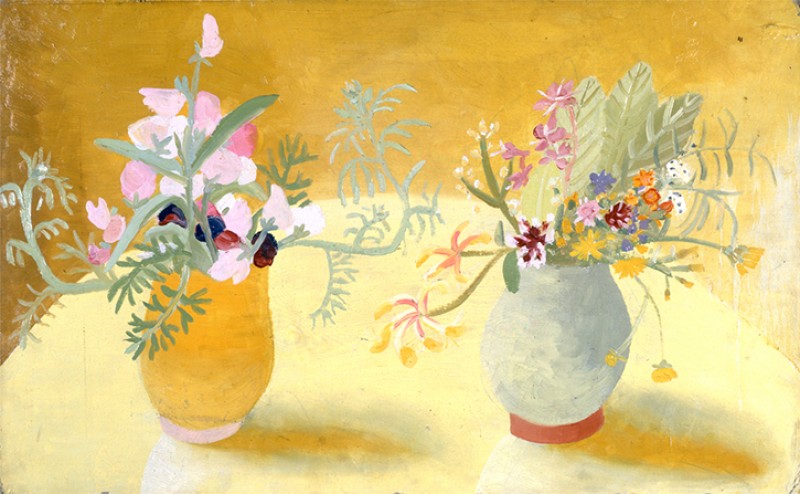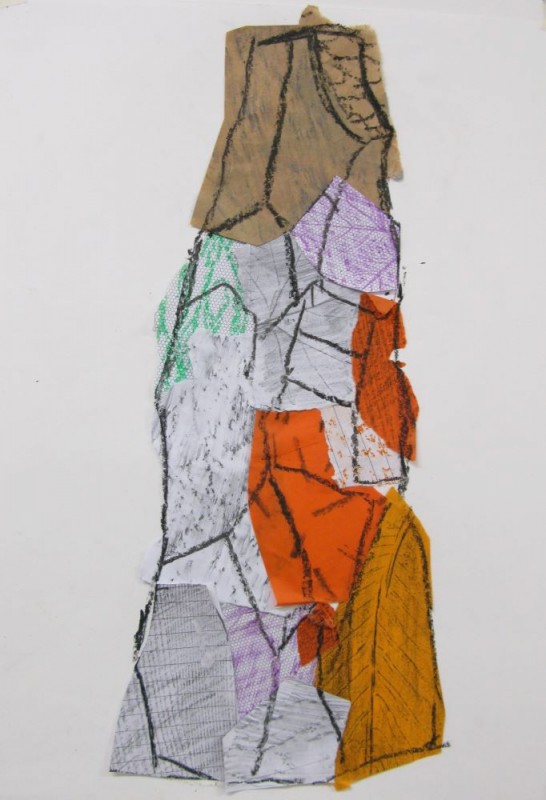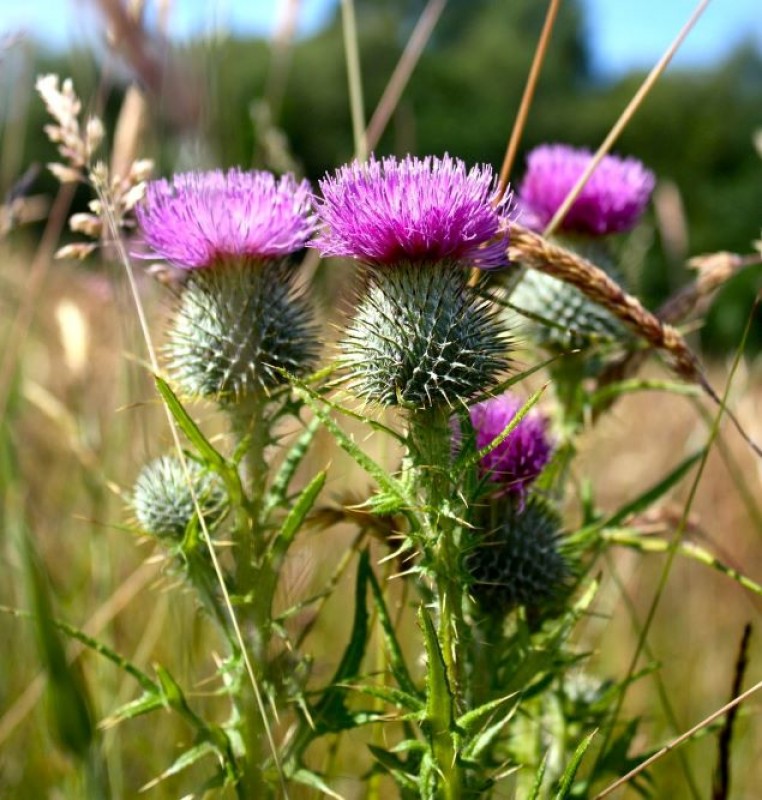'Still Life, Flowers and Insects' by Rachel Ruysch
This audio clip describes Still Life, Flowers and Insects by Rachel Ruysch (1664–1750).
It has been created for use as part of our primary school resource, The Superpower of Looking, in order to support pupils with blindness or visual impairment to take part in the lessons.
Explore the painting further inour resource, Rachel Ruysch's flowers and insects.
Still Life, Flowers and Insects
c.1720–1730
Rachel Ruysch (1664–1750) (attributed to) 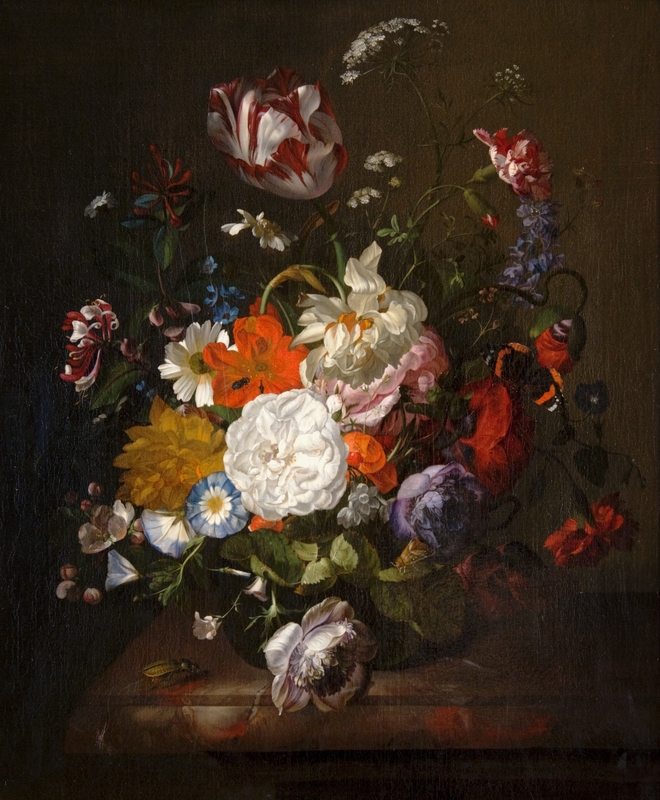
Full audio description text
This is a description of a painting called Still Life, Flowers and Insects. It was painted by a female artist called Rachel Ruysch 300 years ago, in the eighteenth century. It is painted in colourful oil paints on a medium-sized canvas, which is taller than it is wide at 61 centimetres by 54 centimetres.
Still Life is the name given to a type of painting that typically features objects such as fruits, flowers, insects and other collectibles arranged in a pleasing way. This picture features a lavish bouquet of flowers painted in microscopic detail, filling the canvas, appearing larger than life. There are around 20 different types of flower in the bouquet, including tulips, roses and carnations. Some of the flowers are in full bloom, others droop and wilt. They are in a green glass vase on a brown marble table. The vase is almost completely hidden by twisting stalks, leaves and flower heads. Butterflies and insects fly or crawl amongst the display.
The painting has a dark shadowy background but the bouquet is lit up brightly as if there is a spotlight shining on the flowers. This makes the presentation quite theatrical and shows off the vivid colours. The painting is designed to dazzle, and it does. The arrangement seems wild and natural, with leaves and flowers thrusting up and out of the vase and spilling down over the sides. But in fact, this is a fictional bouquet that has been arranged on the canvas by the artist, rather than from real life. These flowers would bloom at different times of the year, and many of them are rare and expensive.
The bouquet is ordered in a loose pyramid shape, and at the top is a striking baguette tulip and some white yarrow. The yarrow has flat-topped clusters of white flower heads, and fine, dark green, feathery leaves. The single tulip has long, silky white petals with crimson stripes. The petals curl in towards each other to form a heart-shaped bunch. Below the tulip on the right are some blue hyacinths and a spray of red and white carnations with their zig-zag edged petals. On the left are some honeysuckle vines, with trumpet-like flowers, and a white calendula that resembles a big daisy. There are some forget-me-nots above the calendula, which are small blue flowers.
In the centre of the arrangement, the blooms are packed more densely and include a big, showy white rose, and another flower with thin, white petals that are starting to wither and curl, revealing the yellow centre. Partly hidden behind is the pale pink puffball of what could be another rose. On the left there is a drooping, pale yellow dahlia and, pushing through under that, some small, circular, blue and white morning glories. At the very bottom, trailing on the marble table, is an off-white peony.
Just as in life, the insects are quite well hidden amongst the plant life. Perched on a red poppy, on the right of the arrangement, is a red admiral butterfly with wings outstretched. The wings have black velvety upper parts and bands of red and white at the tips. Further down the bouquet, on a leaf beneath a mauve peony, is a pale yellow moth with folded wings. Further down still, a large shiny olive-green beetle has landed on the table. Slightly harder to locate, near the centre of the bouquet, and a little to the left, is a small black ant on a bright orange flower.

